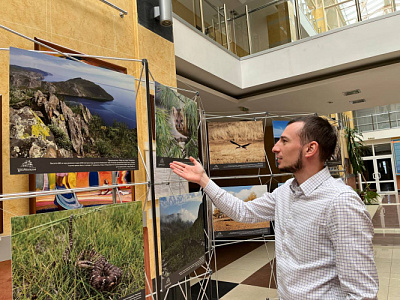Take Part in Creation of Scientific Tourism Map
Science Slam Russia Assosiasion won a presidential grant to create a Scientific Tourism Map. Map of Science Tourism is a website, which will contain over 400 interesting locations for scientific visits (science and technology museums, museum-reserves, telescopes, observatories, planetariums, botanical gardens, bunkers, cosmodromes, etc.). Objects located in Kaliningrad, Samara, Kazan, Sevastopol, Bashkortostan, St. Petersburg, Nizhny Novgorod, Vladivostok, Yekaterinburg, Chelyabinsk, Tyumen, Voronezh, Stavropol, Moscow and Moscow region, and others will be put on the map. The platform will provide information about more than 200 scientists and experts who can organize scientific tours.
The main objectives of the project are:
- To create a platform for independent organization of domestic scientific tourism within Russia;
- To show the location of the unique objects of scientific interest;
- To increase attendance at locations on the map;
- To raise the visibility of scientists included to the map at the expense of the popular scientific events
Putting on the Map of the scientific tourism point is made for informational purposes, the user of the service will be able to contact the tour guide-scientist himself/herself using the contacts provided in the questionnaire, and to arrange a visit to the chosen point. The tour can be free of charge, for a voluntary donation, or with a fixed cost.
Anyone can join the project, share an interesting point and the contacts of a possible tour guide. If you want to take part in the project and put one or more points and scientists on the map, you need to fill out the form by April 22.
The final version of the Map will be presented at the annual All-Russian Science Slam in October 2022.
Let's create a Science Tourism Map together!
The project is implemented with the participation of: Science Slam Russia Association, the Ministry of Science and Higher Education of the Russian Federation, the Coordinating Council for Youth in Science and Education of the Presidential Council for Science and Education/



